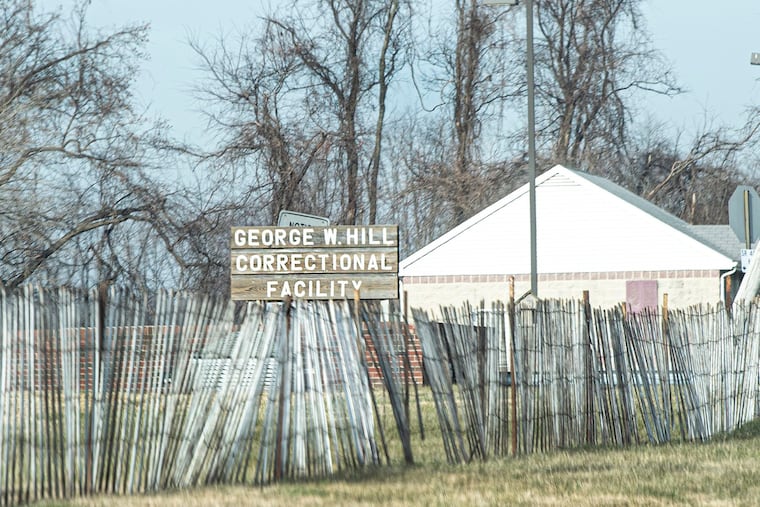Pennsylvania needs better strategy for treating addicted people behind bars | Editorial
Providing medications to treat opioid addictions is good medicine and reduces the need to smuggle drugs.

On Christmas Day, five women incarcerated in Delaware County’s George W. Hill Correctional Facility overdosed on heroin, one fatally. According to The Inquirer, the teenage son of one of the women brought the heroin with him to holiday visitation hours. The GEO Group that operates the facility — the only privately operated county jail in Pennsylvania — said in a statement that the jail provides “rigorous treatment programs” to treat addiction.
Addiction experts consider the use for medications like methadone and buprenorphine to treat opioid use disorder the gold standard. The medications bind to the same brain receptors that heroin and fentanyl does to prevent craving. There are decades of evidence showing that these medications are more effective than detox and abstinence in preventing relapse.
George W. Hill is one of the many jails and prisons in Pennsylvania that does not offer these medications. They do use a medication called Naltrexone (brand name Vivitrol), an injection that shuts down the receptor for a month instead of binding to it. Naltrexone has the least evidence to support its effectiveness and requires multiple days of detox to initiate treatment. In George W. Hill, only people incarcerated for more than 90 days are eligible. The average stay in the jail is 42 days.
» READ MORE: Bucks County DA: Opioid statistics don’t tell full story of progress | Opinion
Lawsuits on behalf of individuals who were forced to discontinue their addiction treatment due to incarceration in Kansas, Maine, Massachusetts, and Washington resulted in judges ordering correctional facilities to provide methadone and buprenorphine. The crux of the lawsuits: Forced withdrawal is a cruel and unusual punishment.
Unfortunately, the George W. Hill facility’s approach is not unique. The larger problem is the wide variation in the availability of medications to treat opioid use disorder across Pennsylvania’s county jails. Bucks County jail, for example, offers only naltrexone, like George W. Hill. Montgomery County jail offers all medications only for people who were on active treatment prior to their incarceration. The state prison system — which is completely separate from each of the county jails — also offers all medications for those who are already treated, but only naltrexone before release to the community for those who are not. Philadelphia County’s jails and the Camden County Jail both continue and initiate treatment using medications for those who need it.
County and state administrators say they are planning to expand their medication program.
Last year, Maryland lawmakers required county jails and state-run detention facilities to screen for opioid use disorder and provide all three medications. Pennsylvania should consider similar legislation. The benefits could reduce overdose deaths statewide.
Since 2016, Rhode Island started screening all people incarcerated for opioid use disorder and made all three medications available. The program reduced overdoses after release from incarceration by 61% — a decrease so large that it amounted to a 12% reduction in the state’s overall overdose deaths.
» READ MORE: Camden County Jail launches medication-assisted drug treatment program for inmates
» READ MORE: Philadelphia women’s prison tries bold move to save lives: Give inmates a treatment opioid
One of the greatest challenges of the opioid use disorder is to engage people in treatment. For some addicted individuals, the only contact they have with formal systems is through incarceration. Jails and prisons can provide a critical role by initiating effective treatment — it is also the pragmatic thing to do to reduce the demand for smuggled drugs.